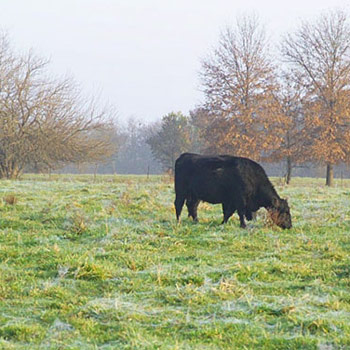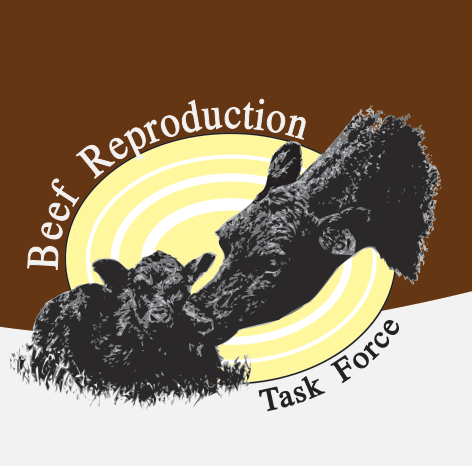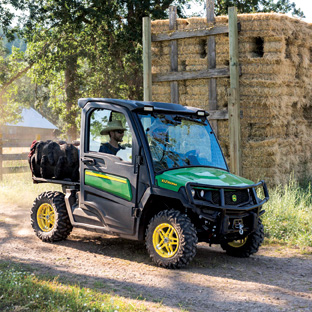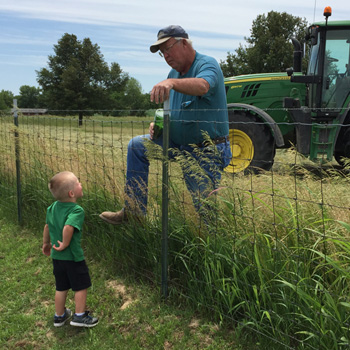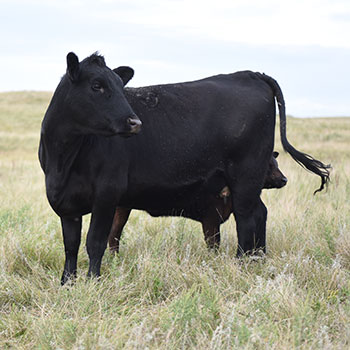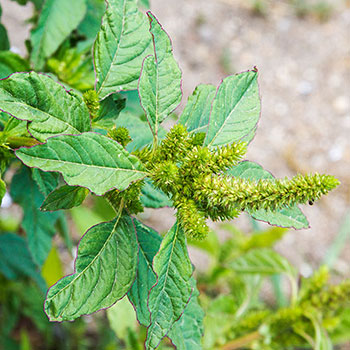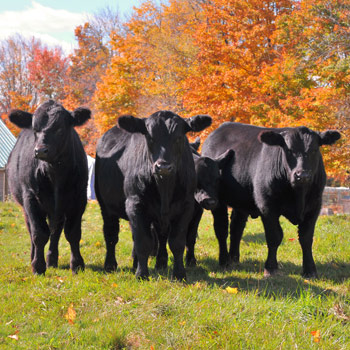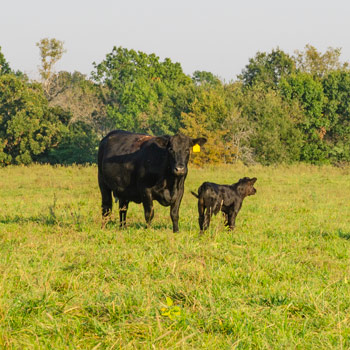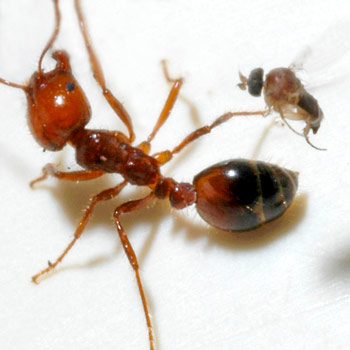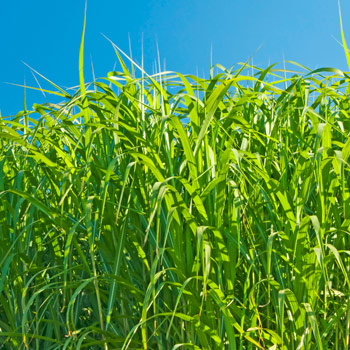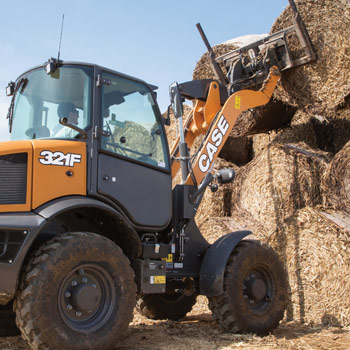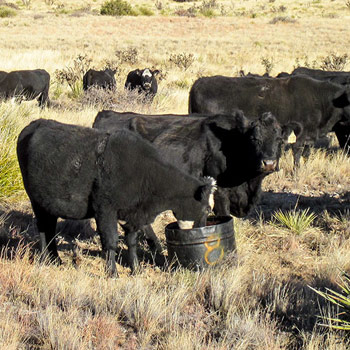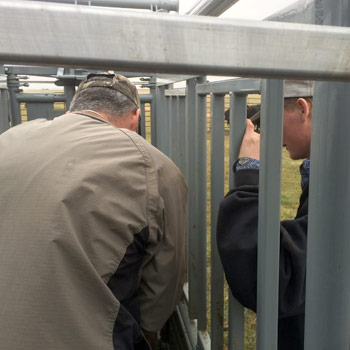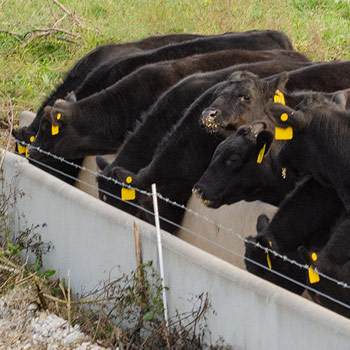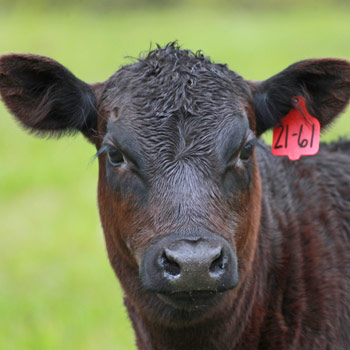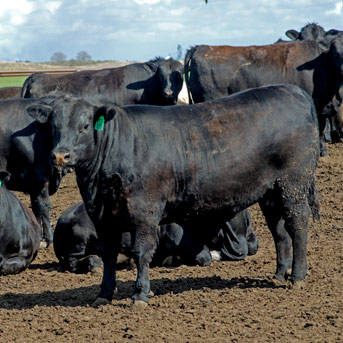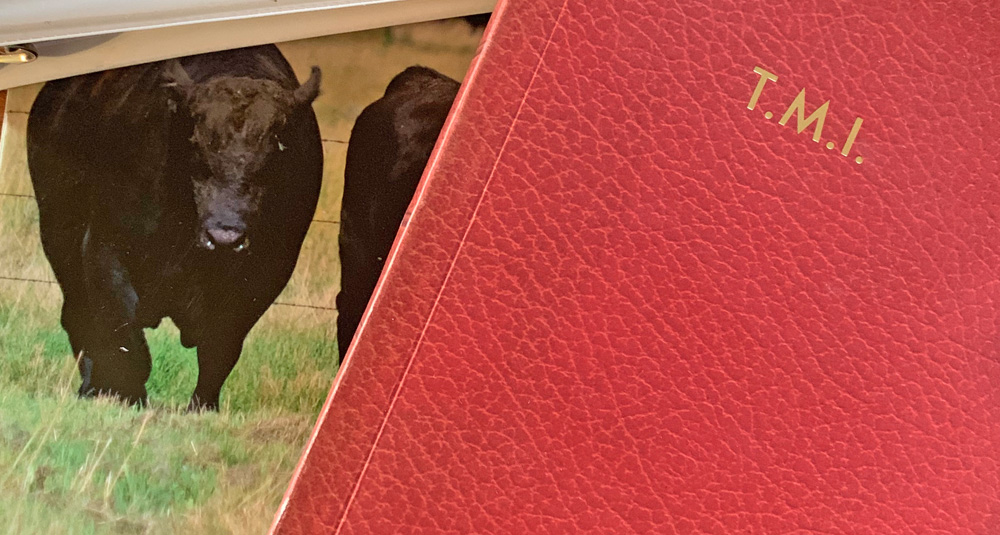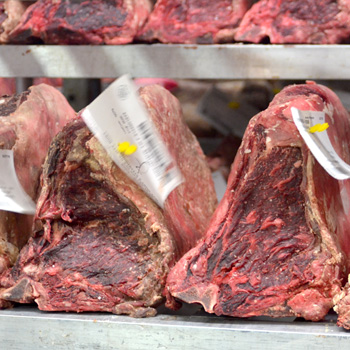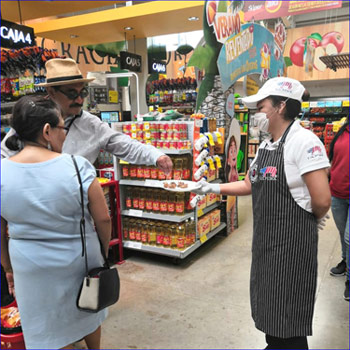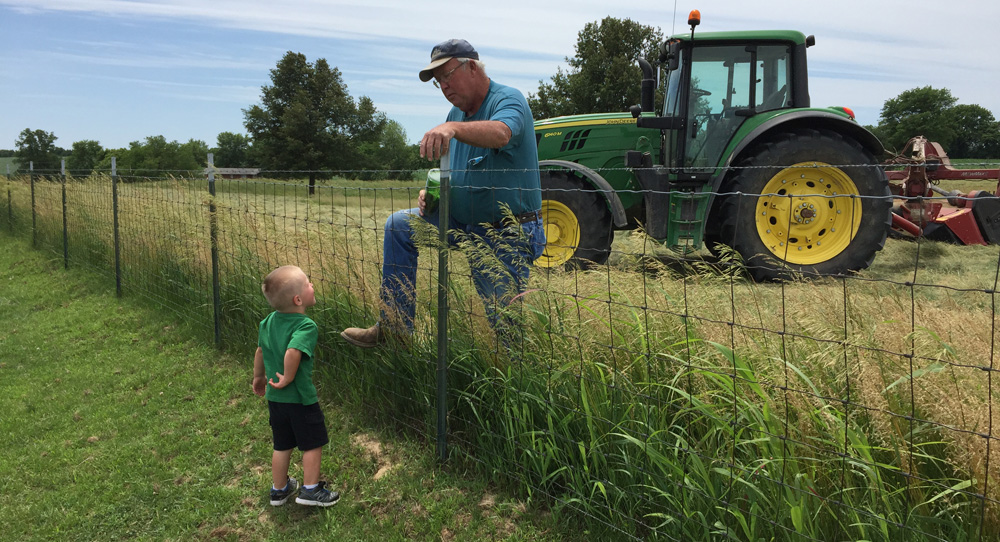
Farm Safety Check: Tractor Safety
National Farm Safety and Health Week highlights “Shift Farm Safety into High Gear.”
America’s farmers provide us with an abundant food supply, but farmers are exposed to a unique, sometimes hazardous workplace. Agriculture continues to rank as one of the most dangerous occupations in North America and across the globe.
National Farm Safety and Health Week was Sept. 15-21, 2019. This year’s theme is “Shift Farm Safety into High Gear.”
The National Education Center for Agricultural Safety (NECAS), the Upper Midwest Agricultural Safety and Health Center (UMASH), and the U.S. Agricultural Centers funded by the National Institute for Occupational Safety and Health (NIOSH) are spotlighting agricultural health and safety with a variety of resources for farm workers, their families and everyone involved in agriculture.
The UMASH Farm Safety Check is a quick monthly review to identify and fix potential hazards before they cause harm to your family and employees — and your bottom line. Each month, Farm Safety Check will focus on a different topic, offering checklists and tips to help identify hazards, along with resources to remedy any problems. Here, we’ll highlight the tractor safety checklist with upcoming harvest.
Tractors are nearly universal on the farm. While it’s a critical piece of equipment, tractors are also the No. 1 cause of death on the farm. Take the time to refresh all tractor operators on the necessary steps and training for safe operation. Visit http://bit.ly/UMASHSafety for checklists on topics like keeping children safe, hay and silage harvest, safe digging, tick-borne diseases, sharps handling safety and much more.
Tractor safety checklist
- Have preoperational checks such as oil, tire pressure and gas been completed before driving? Check the area around the tractor to ensure it is clear of children, dogs, etc.
- Are drivers entering the tractor with three points of contact to prevent falls?
- Does the tractor have working lights and a slow-moving vehicle sign when being driven on roadways?
- Are tractors equipped with rollover protective structures (ROPS) and seat belts?
- Are power take-off (PTO) guards in place and in good condition?
- Are hydraulic lines in good shape, with no leaks?
- Are drivers checking for other workers before moving the tractor?
- Are you keeping kids off tractors and out of the area they are being used?
- Are there no extra riders?
- Are implements only attached to the tractor once the tractor is turned off, on level ground and the brakes applied?
- Are drivers reducing speed on hills and steep slopes?
- Are all drivers trained and have they received necessary certifications or licenses?
Editor’s note: This article is compiled from information from UMASH. Photo by Gracyn Meier, 2019 NJAA/Angus Journal Photo Contest.
